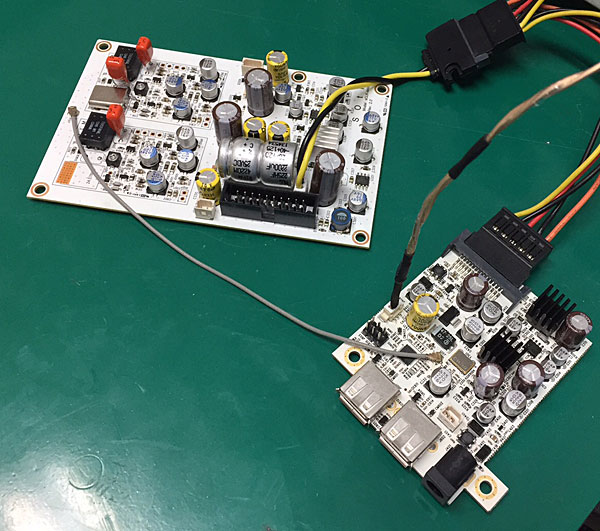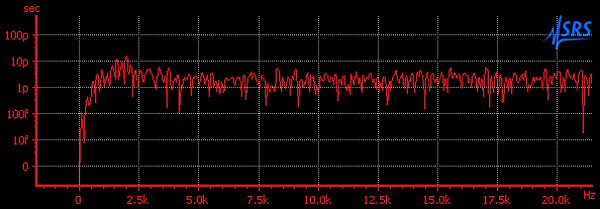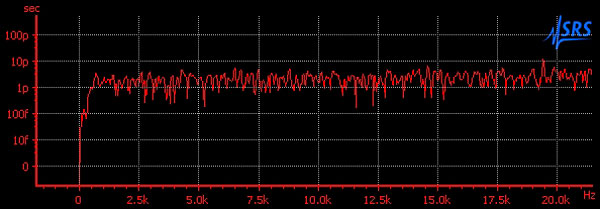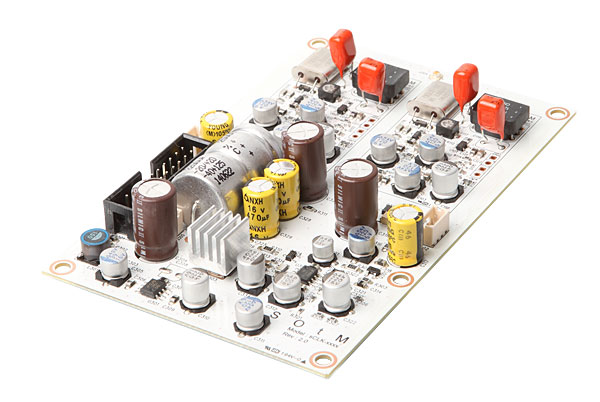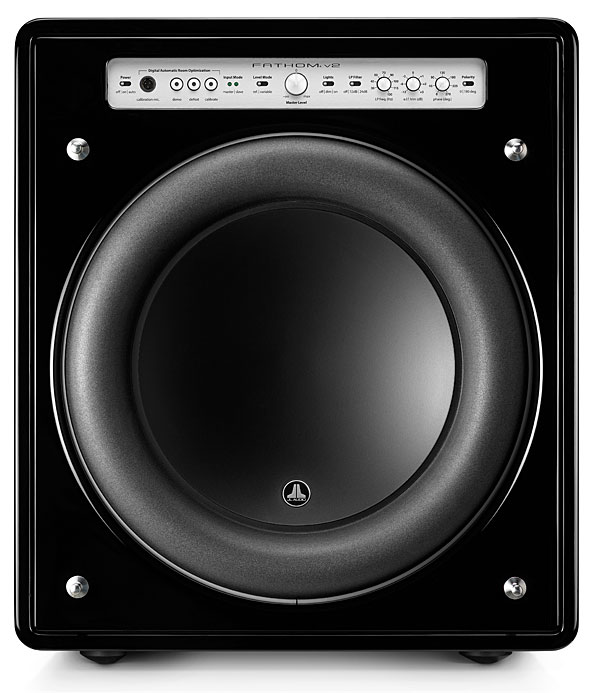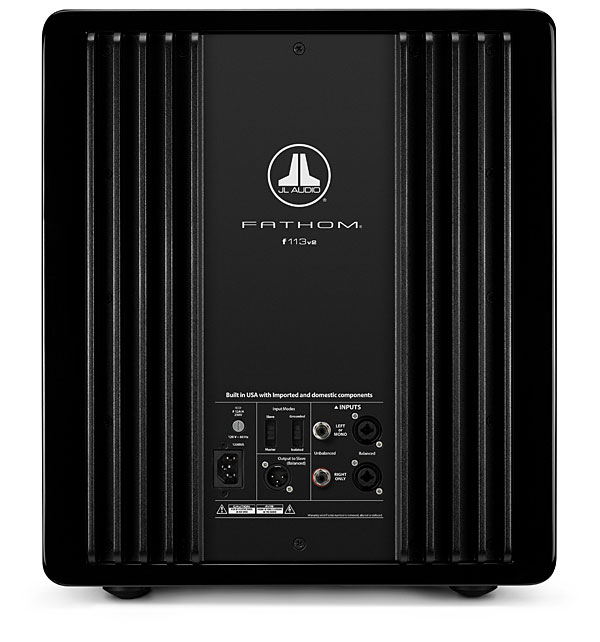| Columns Retired Columns & Blogs |
I compared the Jitterbug to the Lessloss USB Firewall. The Firewall costs quite a bit more, but gives improvements all the way into the bass range. Also the Firewall is consistently good with different set ups, with the amount of improvement varying. The Jitterbug varied from slight improvement to none, so I suggest experimenting with placement. If you can afford it, get the USB Firewall.
